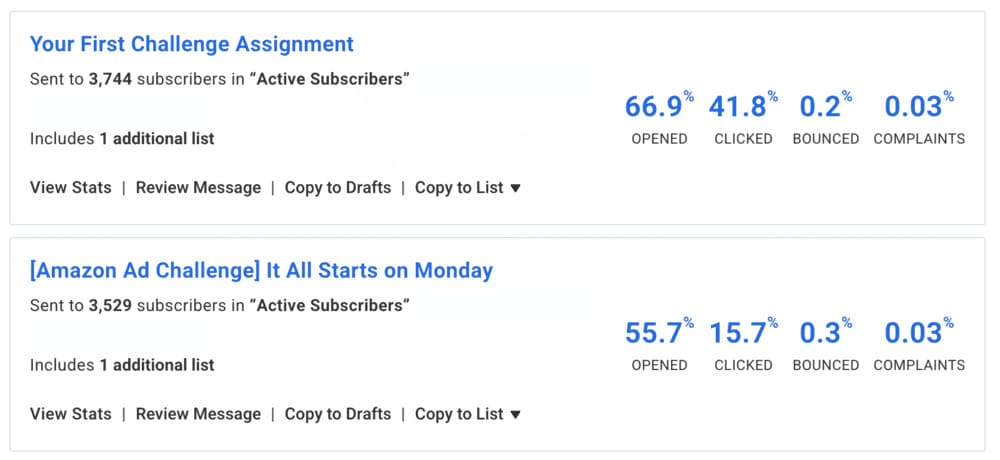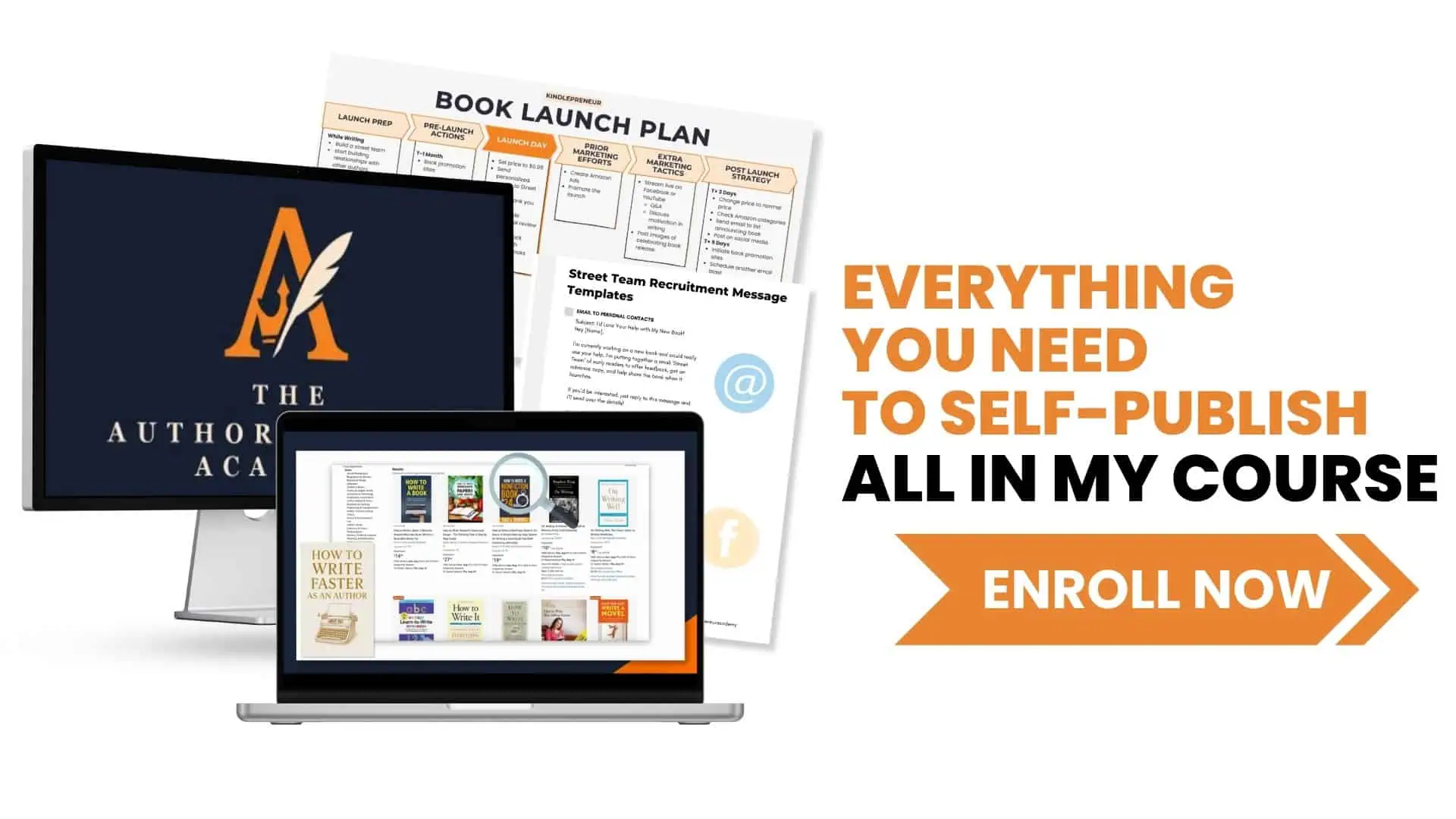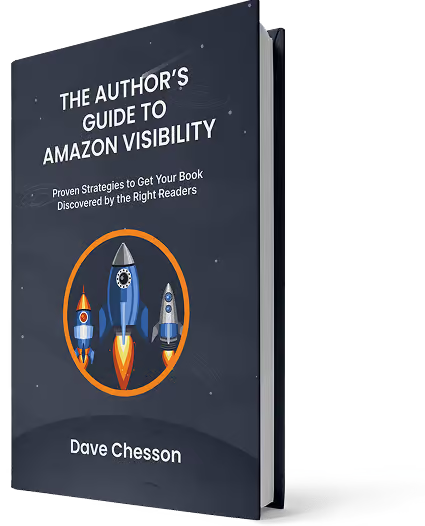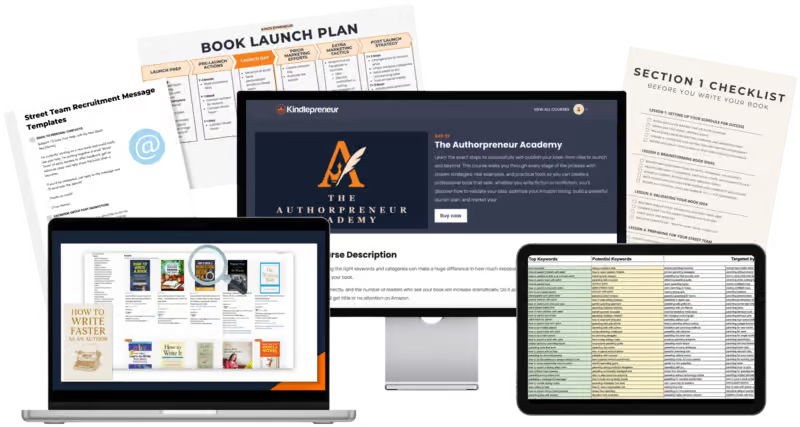A surprising number of authors treat their email list like a ticking time bomb.
They worry that if they send too many messages, readers will vanish in a flurry of unsubscribes.
Sound familiar? Maybe you’ve thought: “I should probably hold back so I don’t annoy anyone.”
The problem is, holding back comes with its own risk.
- Write too often, and yes… some readers may leave.
- Write too rarely, and you’ll disappear from their memory before your next book ever hits the shelves.
So where’s the sweet spot?
From my experience, leaning toward more emails is usually the smarter play, as long as you put the effort into making each one worth opening.
When you do, your readers aren’t dreading your name in the inbox… they’re eager to see what you’ll share next.
In this article, I’ll show you four strategies to increase sales and reviews by writing to your audience more consistently.
1. Anticipation Increases Open Rate

For a long time, I hesitated to email too often in the lead-up to a launch.
Part of me worried that extra messages would wear people out. But I also knew that if I stayed quiet until release day, my audience would be ice cold, like trying to start a car that’s been sitting outside in a Chicago blizzard.
So I tried something different: I sent a warm-up email a few days early, offering a fun giveaway to get readers engaged.
At first glance, the numbers didn’t impress me. That pre-launch email only pulled around a 55% open rate. But when launch day arrived, the next message cleared 65% opens and drove more than 500 clicks.
It turned out the “extra” email didn’t drag down results at all. It primed my list, sparked curiosity, and made the main event land with even more impact.
Did You Know…
According to MailerStack, the average email open rate is only 17.8%.
And the average click-through rate? 2.65%.
My numbers look pretty good compared to the averages!
2. Train Your Readers

When I first started building an email list, I treated sending messages like a casual to-do.
Sometimes I’d hit send at 11 a.m. Other times it was closer to 7 p.m. Basically, whenever I had a free moment.
What I didn’t realize then was that this randomness was sabotaging me. Imagine if your favorite TV show aired at a different hour every week. That’s a fast track to confusion and low ratings (just ask the fans of Firefly).
Eventually, I decided to fix the problem by creating a predictable rhythm. For list swaps and regular updates, I chose Sunday and Tuesday mornings around 8 a.m.
Was every subscriber awake and waiting at that exact moment? Of course not. But consistency wasn’t about hitting the “perfect” time, it was about training readers to expect me.
And the results proved it. Whenever I broke from the schedule, my open rates slipped under 30%. But when I stuck to the plan, I’d see engagement climb into the 35–40% range.
The lesson? Readers are creatures of habit. Build a routine they can count on, and you’ll often be able to email more than you think without losing them.
3. Use Obvious Subject Lines

There's an ongoing debate in the author community about how unique and creative we should be when we write our books.
Now, I'm personally a big believer that we can absolutely fulfill ourselves with our art even if we're writing to market, and a lot of it comes down to creativity within certain constraints. The same situation is true when it comes to our email subject lines.
Copywriting is different from writing prose, and much like poetry, we don't have a lot of available word space to tell readers about our launches, our promotions, and our emails. With subject lines, you usually only have 5-7 words maximum to get your point across to your reader.
For example, in the first email that's part of my autoresponder sequence, I'm typically providing a free book or resource. I'm also introducing myself, telling a little story, and asking a question to inspire engagement.
But despite the fact that my email “contains multitudes,” the big reason my new readers will want to open it is that there's something they've asked for inside.
Rather than being creative with subject lines like “Welcome to the Navigators” or specific like “A Thank You from Bryan Cohen,” the subject line that has led to upwards of an 80% open rate is “Here's Your Free Download”. Maybe it's a little bit obvious, but in copywriting, simplicity is part of the art.
Avoiding my impulses to be clever and sticking with more obvious words like “Free,” “Today,” “Prizes,” and other indicators of what readers will find inside can increase your open rates. Evaluating your existing emails for how they're teasing your readers about the content of your messages can make a huge difference.
And there's absolutely nothing wrong with repeating the same subject line 3-6 months down the line (especially if it works).
4. Experiment… and Double Down on What Works
If “emailing less” hasn’t boosted engagement, it’s time to flip the script and test something new. The ideas we’ve already covered are great starting points, but don’t stop there.
Your list is a built-in laboratory. You can experiment with anything:
- Send an update written in the voice of your protagonist.
- Share a never-released short story or bonus scene.
- Drop in a funny meme or a quick video.
One of my first big risks was running a survey with a prize attached. Honestly, I wasn’t sure if anyone would bother filling it out. But when the dust settled, over 1,500 people clicked through and more than 1,000 entered. That response told me everything I needed to know: this idea was a keeper, and I’ve reused it with great success since.
The key is paying attention. Not every experiment will land, but when something clicks, you’ll want to document it and bring it back again and again. That’s how new subgenres emerge. That’s how viral trends on TikTok start.
The difference between a one-off win and a repeatable system is whether the author recognizes the pattern and leans into it.
Final Thoughts
So, go out there and try some new tactics, figure out which one is the best, and then use that idea over and over again.
Don't have an email list yet?
No problem!
Check out Dave Chesson's list of the best email service providers for authors. And if you'd like to start a newsletter (which can also serve as your blog and social media), don't miss Kevin J. Duncan's in-depth guide on Substack.
Both are great starting points.
I hope you found today's tips helpful.





